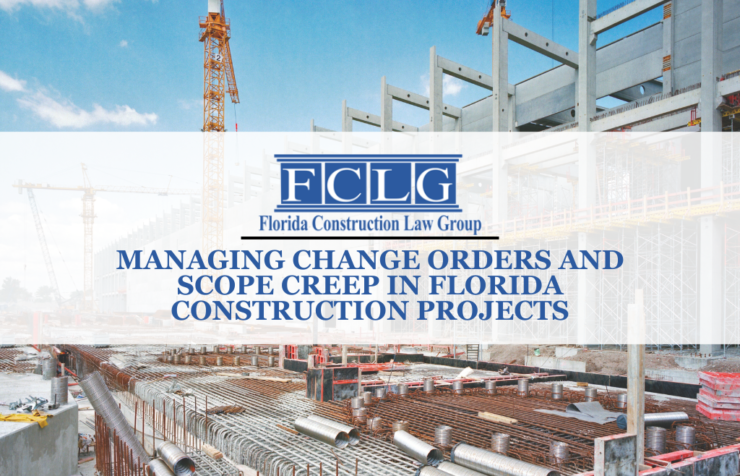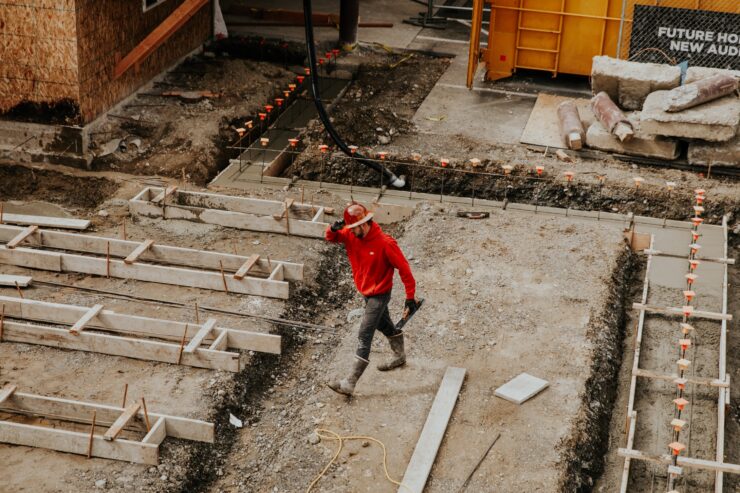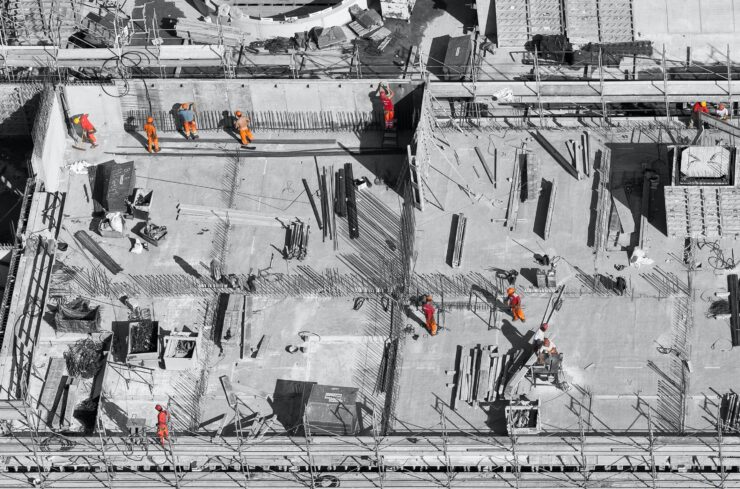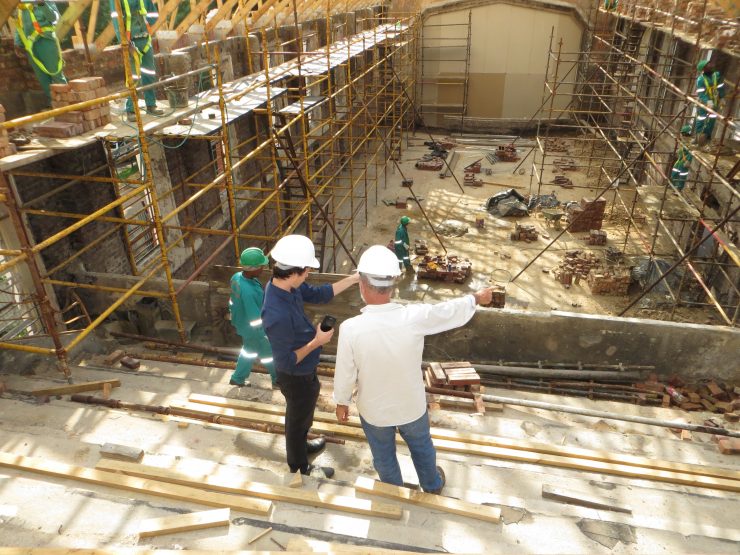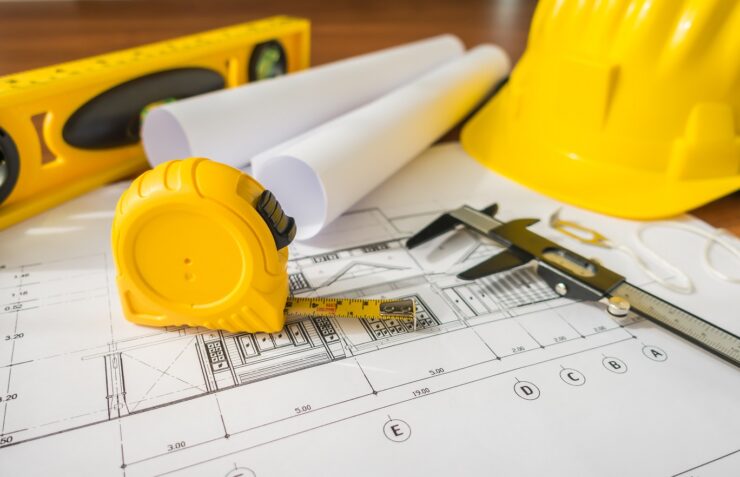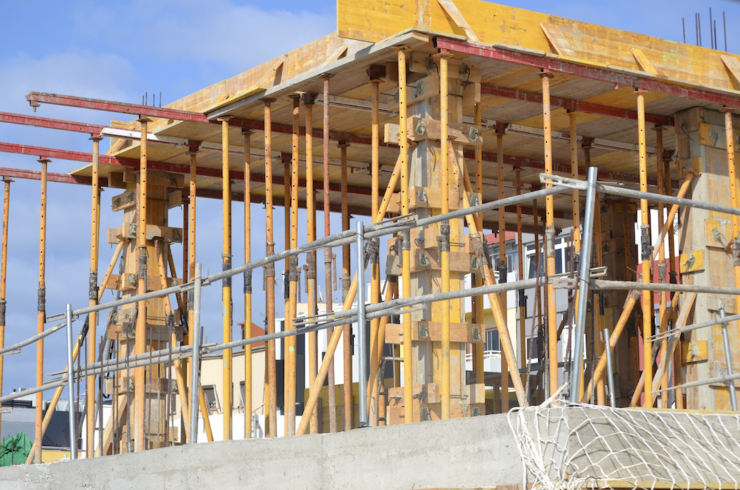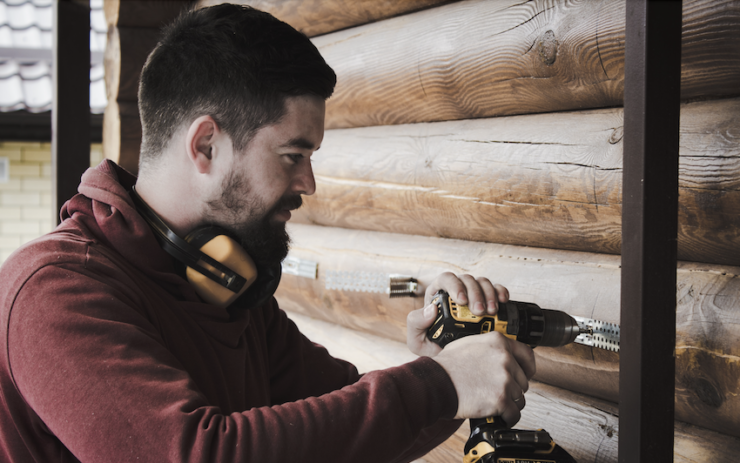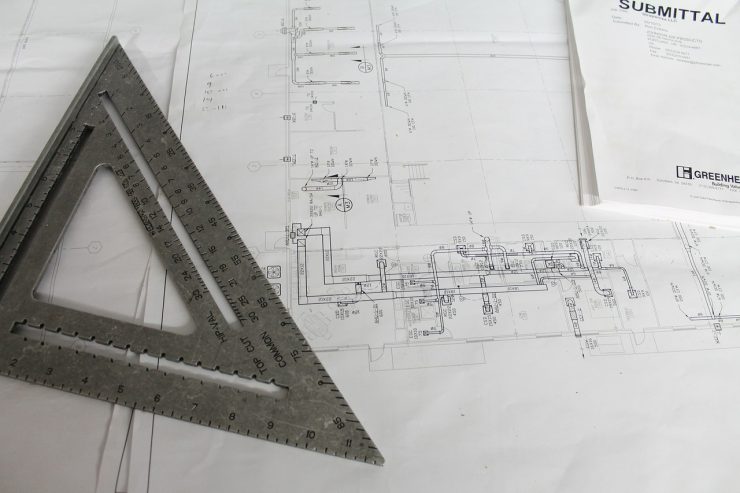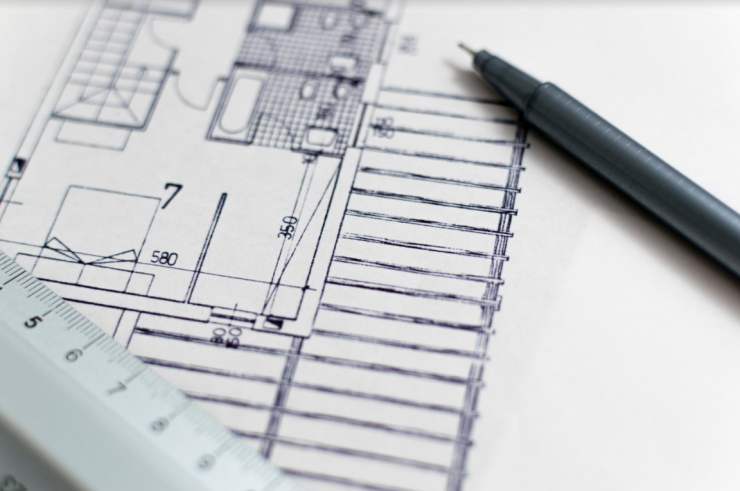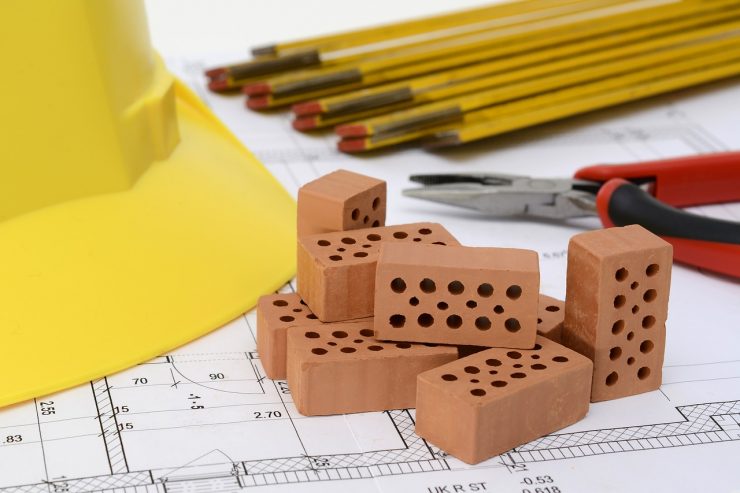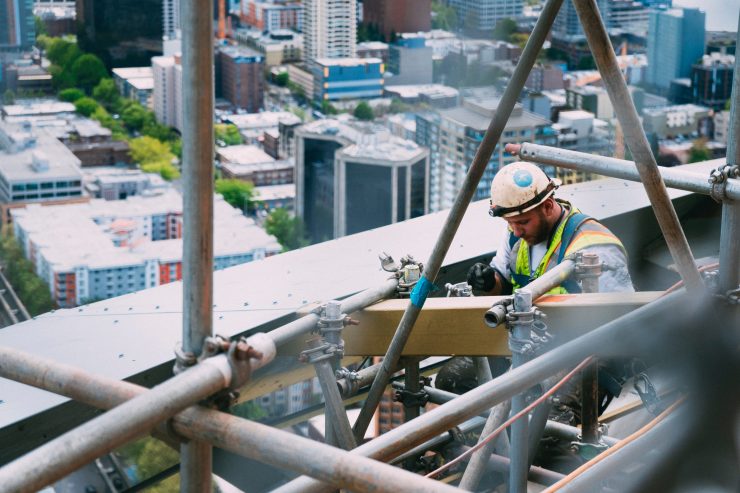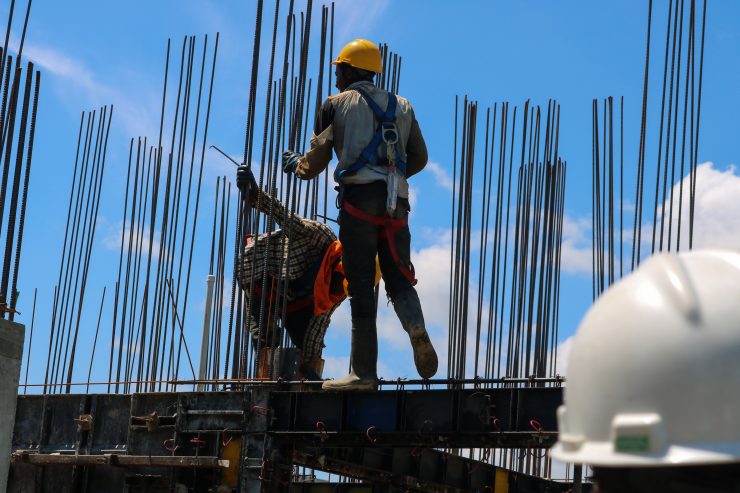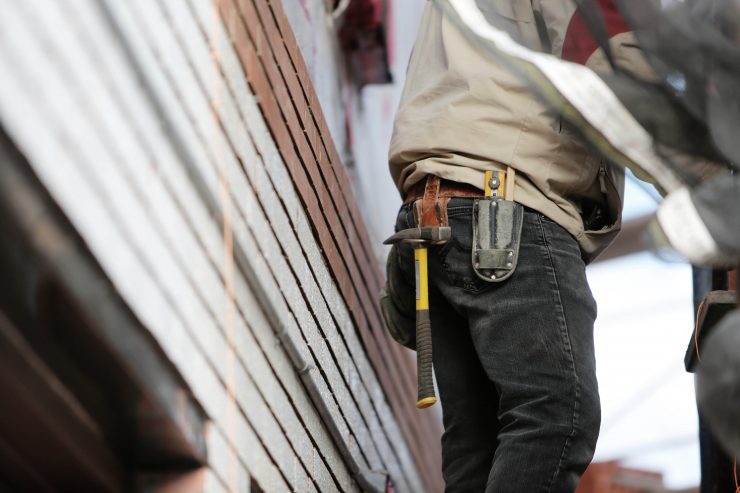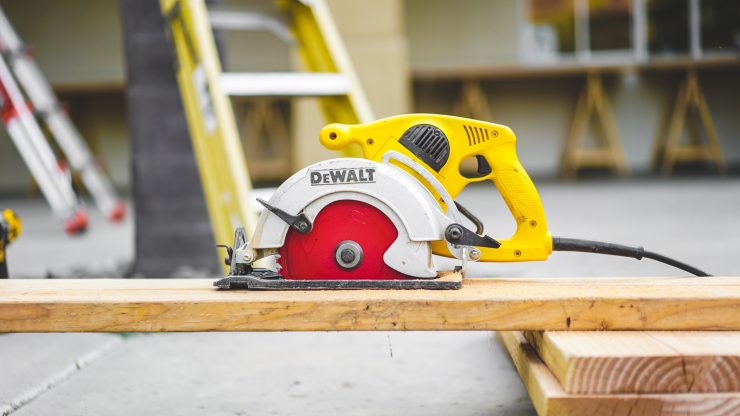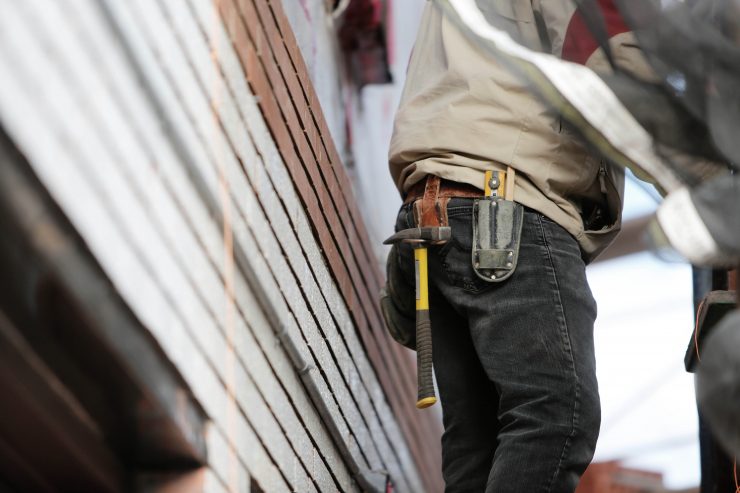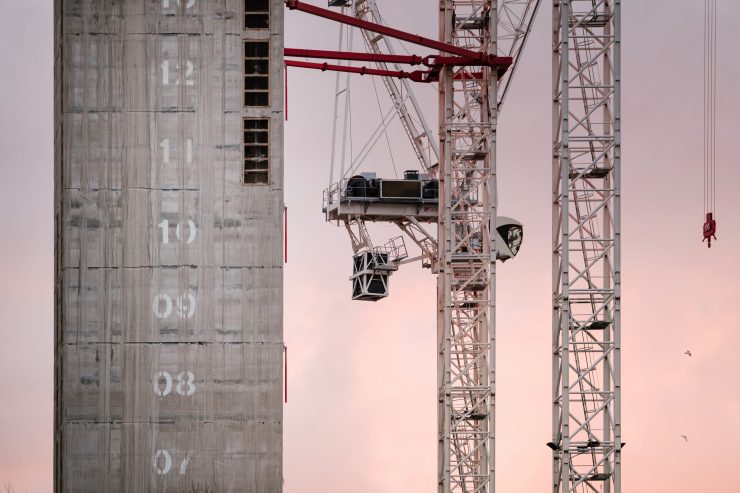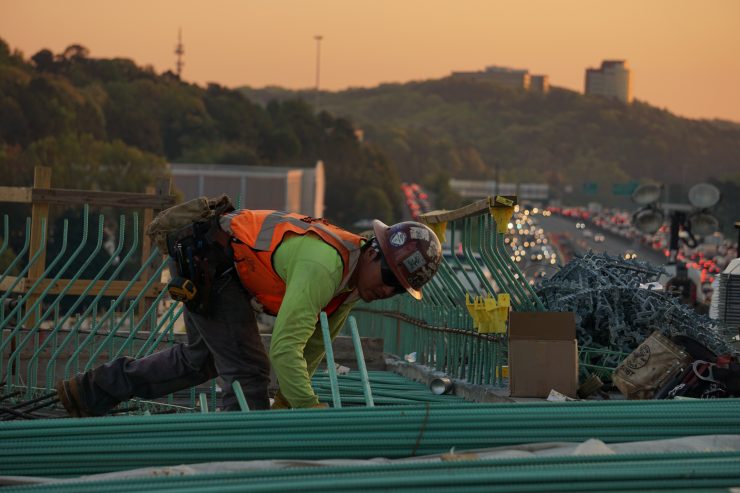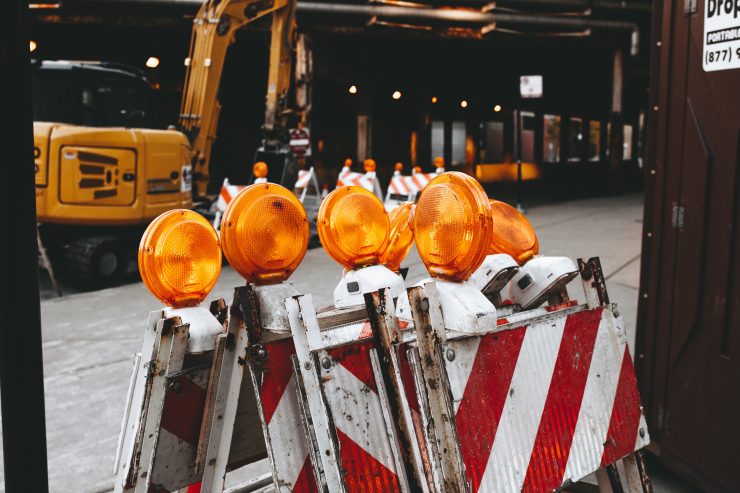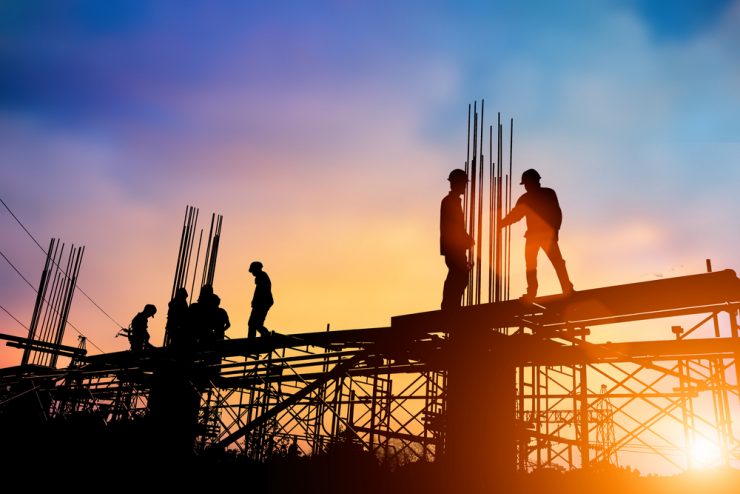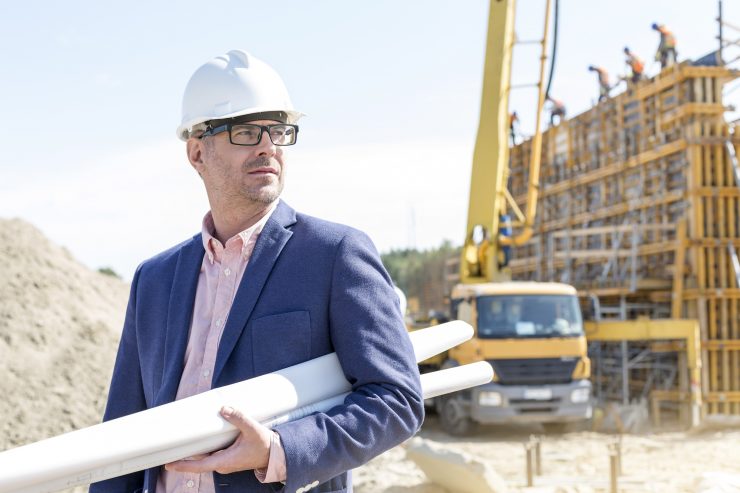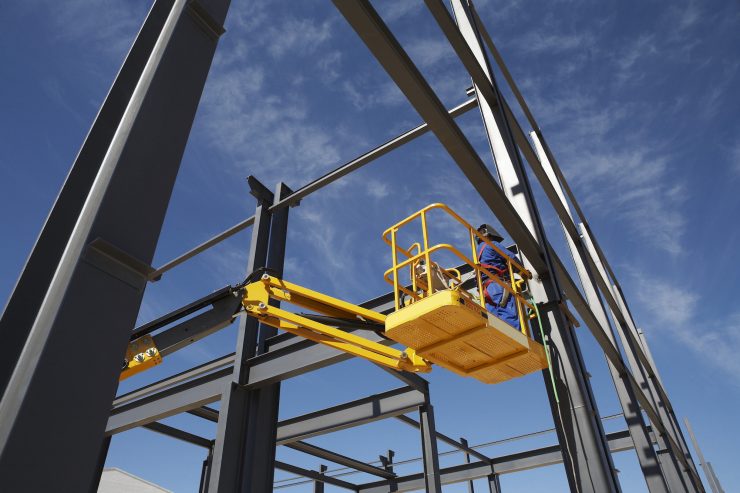
The Federal Trade Commission (FTC) formally voted to ban non-compete clauses in employment contracts, including for most construction workers. This is a major change for construction contracts and workers in the industry, as non-compete clauses have long been used for protecting investments both in construction employees and construction work.
Many construction companies invest in training skilled workers so they are able to regularly rely on their work and build lasting relationships with them. Now, it will be harder to justify those training investments and retain hard-working construction employees.
What Does the FTC Non-Compete Ban Say?
This ban, expected to take effect in September, targets clauses used to protect business interests, reduce competition, and safeguard trade secrets. The enforcement timeline may be affected by legal challenges.
The ban applies to all existing non-compete clauses in employment contracts, with limited exemptions. The most notable exemption in the construction industry is for executives (defined as those who make over $151,164 and have policy-making decisions within their organization). The FTC argues that this will enhance competition, boost wages, and create a fairer job market.
Future non-compete clauses in new construction employment contracts will also be unenforceable. Regardless of their inclusion in contracts, these clauses will not hold up in court if challenged by employees. This change necessitates a significant shift in how businesses approach contract negotiations with new hires.
What Does It Mean for the Construction Industry?
In the competitive field of construction, non-compete agreements with independent contractors and subcontractors help protect a company’s efforts in developing customer relationships and securing repeat business. Construction work relies on predictability. If you are regularly working with the same crews, then you are able to set more realistic project timelines and understand the resources your crew actually needs for the job.
While this does create greater risk, it highlights the importance of working with an experienced attorney. Attorneys well-versed in Florida construction law will be able to use other restrictive covenants to protect the important work of Florida construction crews while also shielding your team from unnecessary litigation that slows down the work and cost you significantly.If you’re looking to navigate a post-non-compete world for your construction company or team, contact Florida Construction Law today. Our team of experienced attorneys will help you implement legal strategies that safeguard the work, ensure the integrity of your team, and proactively shield you from construction litigation matters.





